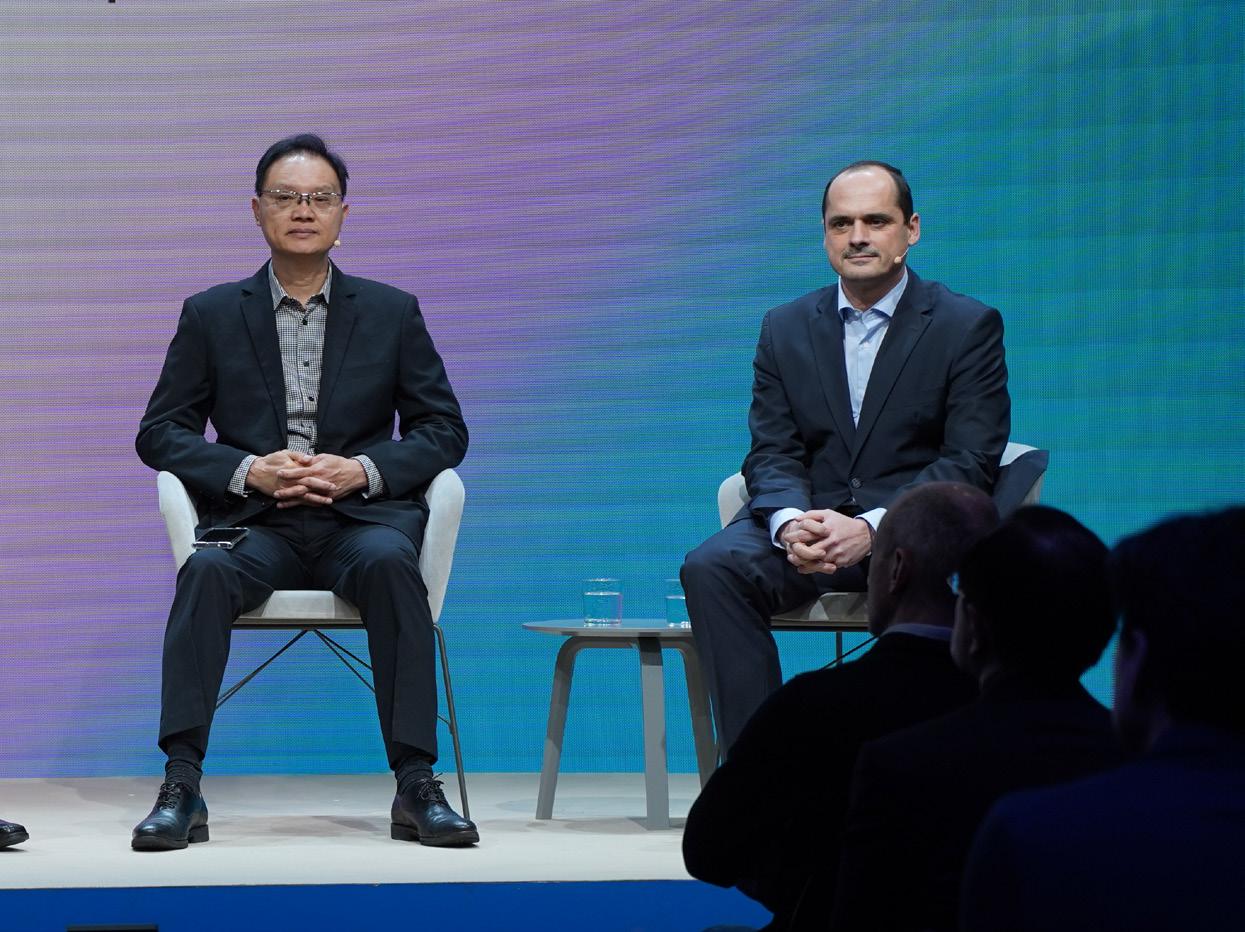
4 minute read
Innovation for Open RAN and Beyond
Wind River, a global leader in intelligent distributed cloud software, is in the vanguard of businesses driving the digital transformation of missioncritical systems.
One of the areas where the company is helping usher customers into a new era is telecommunications.
“We’re constantly strategizing operations for the future,” says Paul Miller, CTO, Wind River.“5G and virtualized radio access networks (vRAN) are laying the groundwork for applications such as autonomous vehicle control, drone control, and software-based factory automation.”
Looking even further ahead, he predicts that service providers will offer “a fully virtualized environment, from core to edge,” adding that this will be automated “and built on cloud-oriented architecture.”
An important area for Wind River in telecom is its work with Open Telco and Open RAN (O-RAN) deployments.
O-RAN is a key enabler for organizations from many sectors to provide a wide array of new services to their customers. It’s an enabler of edge connectivity and the machine economy, and it provides the foundation for use cases such as autonomous driving, modern energy grids, and robotics.
Wind River is continually innovating and has leveraged its strategic OREX partnership to share these innovations with the ecosystem.
For example, recent projects include a multi-vendor Open vRAN demonstration with OREX members NTT DOCOMO, Fujitsu, and NVIDIA that showed how an Open RAN system can be energy efficient.
But as well as enabling opportunities, new technologies also bring challenges, most of which concern system integration. OREX helps ease these challenges with activities such as the Open RAN verification environment and the work done recently to define new methods for system integration.
“Distributed networks are complex, so Open RAN solutions must mitigate complexity,” says Miller. “Our focus is on providing ease of deployment, increased levels of automation, and operational efficiency so service providers can better support new 5G use cases.” operators can remotely access our lab from their office to test the virtual RAN solution. We also offer operational systems like SMO, leveraging our expertise and experience.
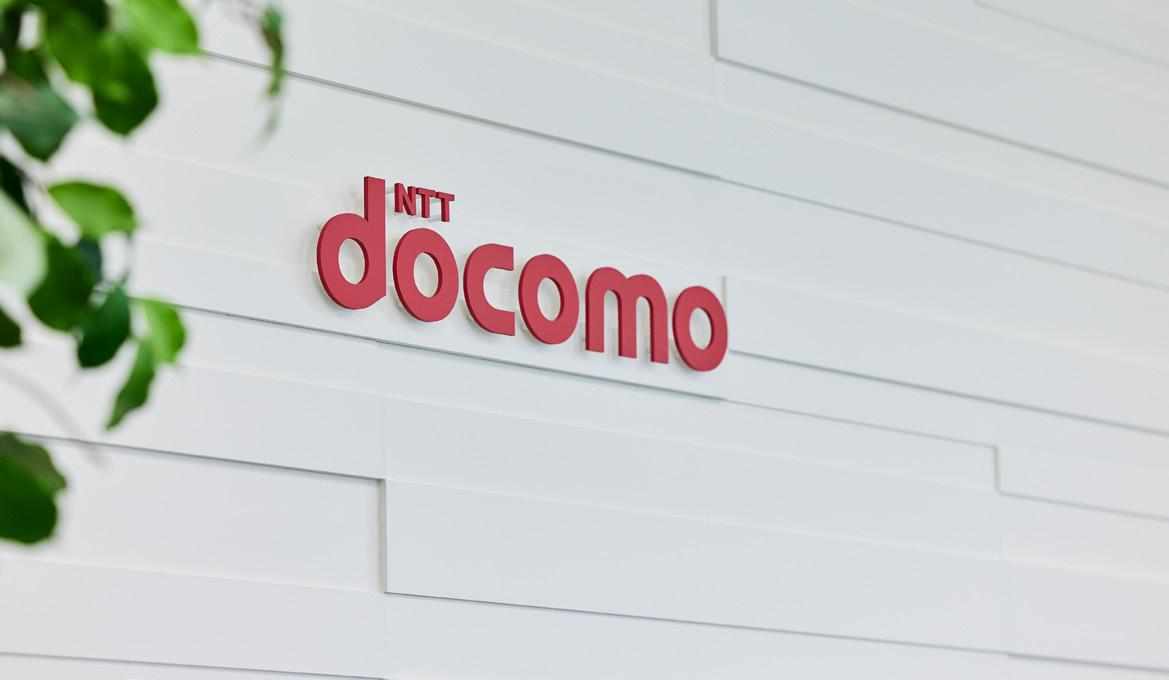
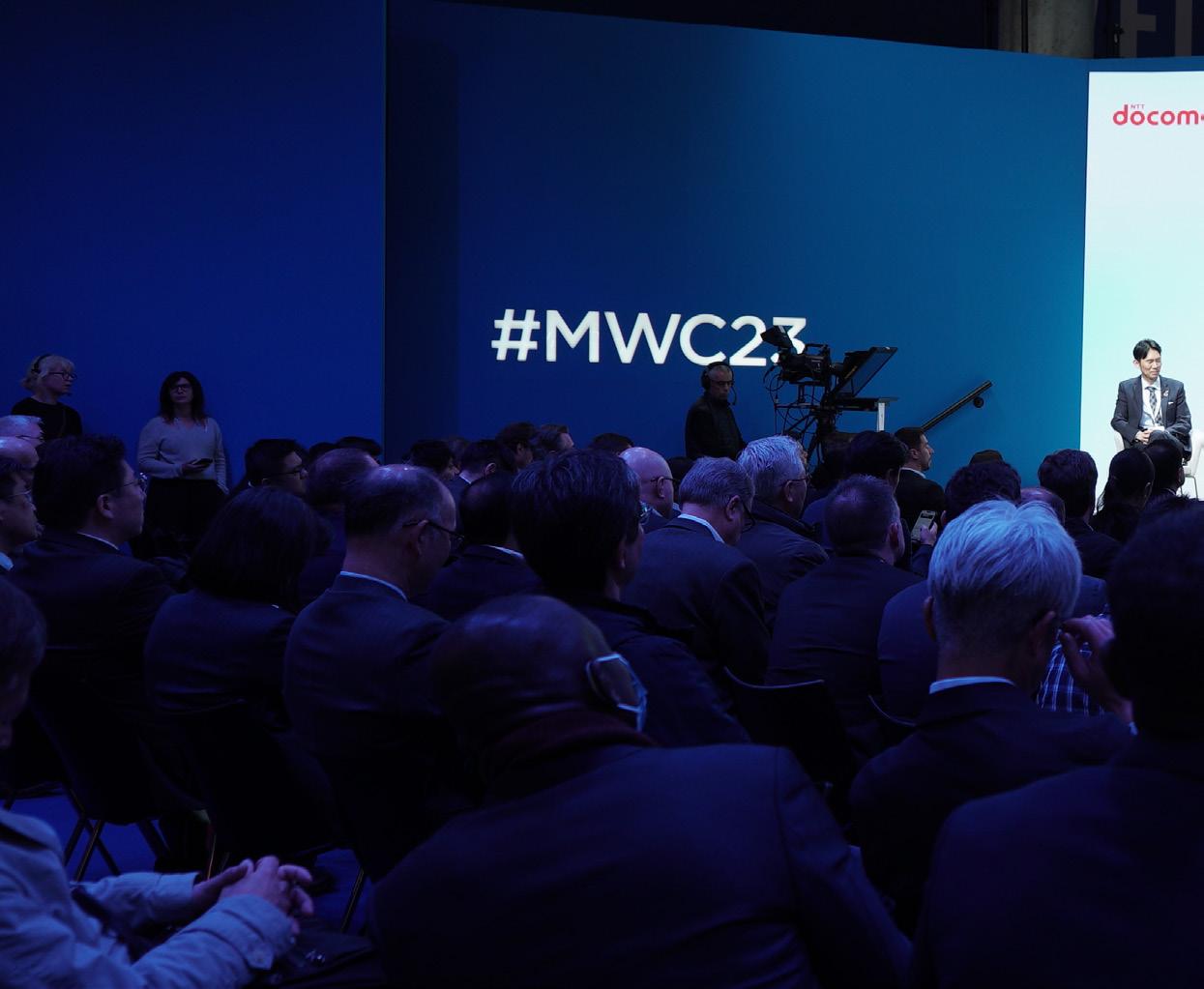
“OREX is committed to making 2023 the defining year for Open RAN. Our ultimate goal is to eliminate global communication gaps through the OREX initiative.”
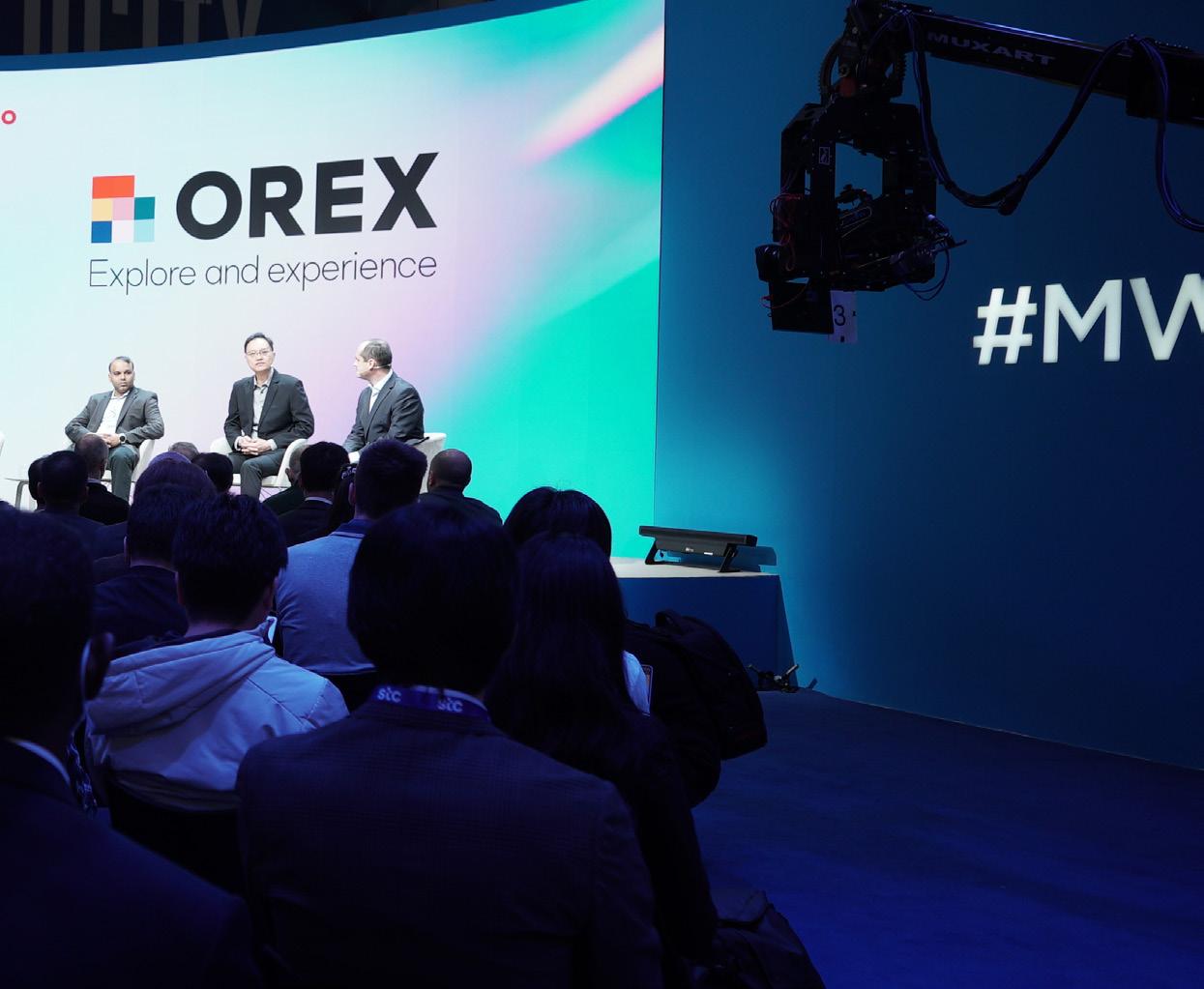
Pioneering new technologies
NTT DOCOMO is the number one mobile operator in Japan. Having launched its firstgeneration service in 1979, since then the company has pioneered new technologies.
13
“In 1999, we introduced the i-mode service, which was the first mobile internet service, making us an internet service provider,” Abeta explains.
“For both 3G and 4G, we were among the first operators to commercially launch these services. In 2020, we became the first operator to commercially launch 5G services with a fully multi-vendor interoperable Open RAN.”
Today DOCOMO has three business segments: enterprise, smart life and telecommunications. It has 87m subscribers, with 20m subscribers enjoying its 5G Open RAN services, with a total revenue of around US$44bn.

An expert in the mobile industry for more than 25 years, Abeta’s career at NTT DOCOMO started as a researcher for
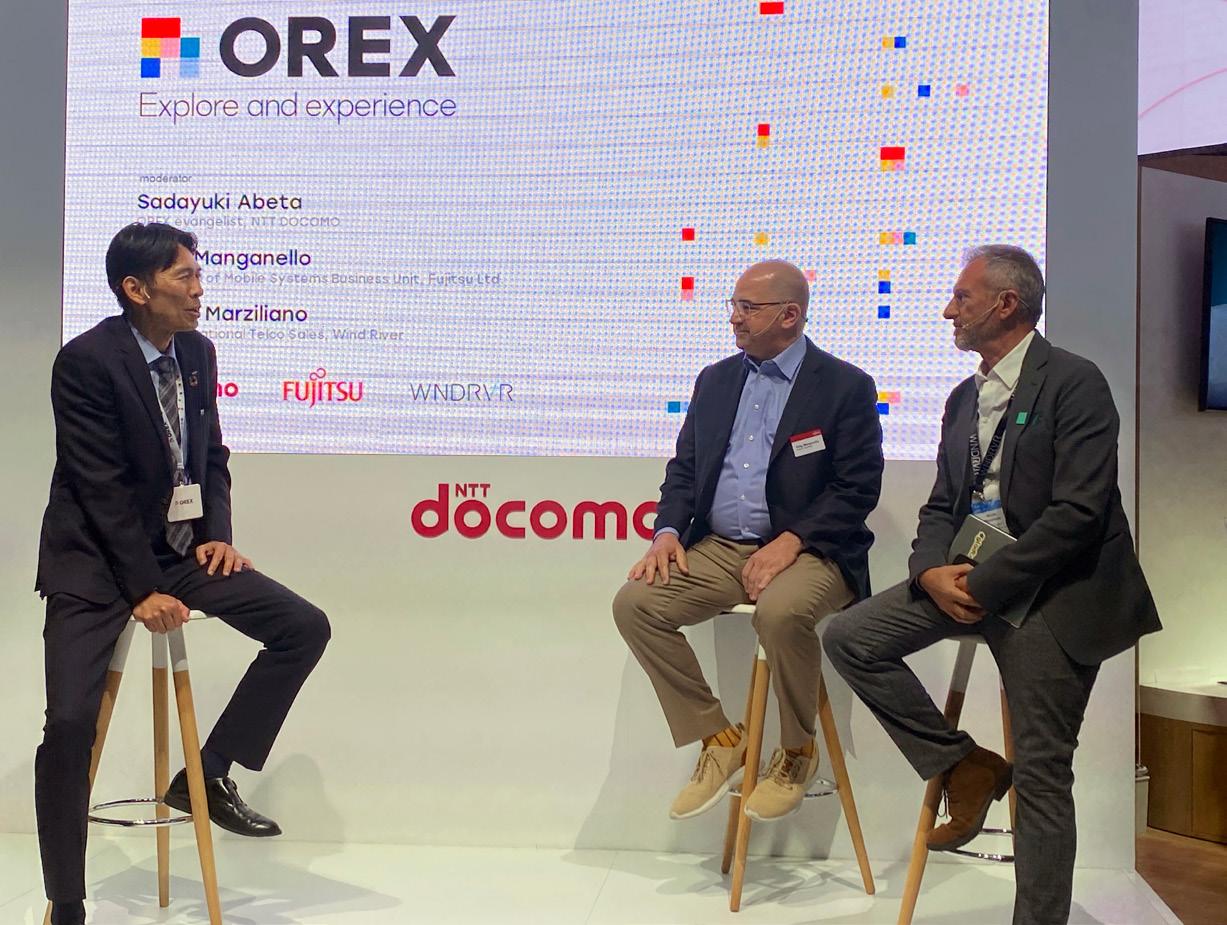
In 1997 the second-generation mobile system was introduced in Japan. Instead of GSM, Japan utilised the Personal Digital Cellular (PDC) system. “During this time, data services over the mobile network were initiated, but the data rate was incredibly low, starting at only 2.4kbps,” Abeta explains. “It’s hard to imagine today, but at that time, only small text messages could be transferred over the mobile network. Eventually, the data rate increased to 28.8kbps.
“In 1999, we launched the i-mode service, marking the beginning of internet services over the mobile network. Our customers enjoyed web browsing and games on their mobile devices. Non-voice communication services expanded, but customers had to purchase new handsets to access new applications or games since some applications were hard-coded and only available on specific terminals.”
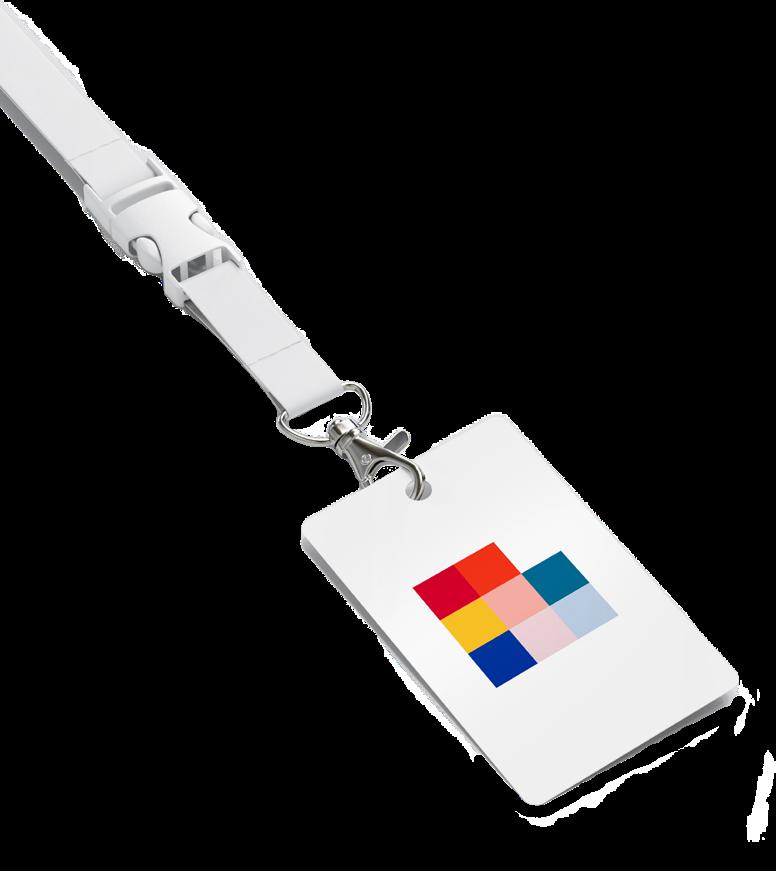
In 2000, 3G was introduced, with DOCOMO playing a significant role in contributing to the 3GPP standard specification work. “We led technical discussions and managed the discussions as one of the officials, serving as the Chair. We were the first operator to deploy 3G networks nationwide and provided rich content via the 3G network. However, the data rate was still limited to 64Kbps or 384kbps. Later, HSPA technology was introduced, enabling much higher throughput.
“Moving forward, we proposed LTE together with our partners and launched 4G services in 2010,” Abeta describes. “Our 4G radio access network (RAN) was fully multi-vendor interoperable. We defined interfaces that were not initially defined by 3GPP, making us the first operator to deploy a multi-vendor interoperable RAN. The rise of smartphones in conjunction with our 4G services revolutionised the user experience and its benefits are well-known.”
While DOCOMO’s communication services continued to thrive, the company also expanded its non-communication services, evolving into the smart-life service segment.
When it comes to the rollout of 5G, DOCOMO has contributed not only to 3GPP but also to the O-RAN alliance to realise multivendor interoperable Open RAN solutions.
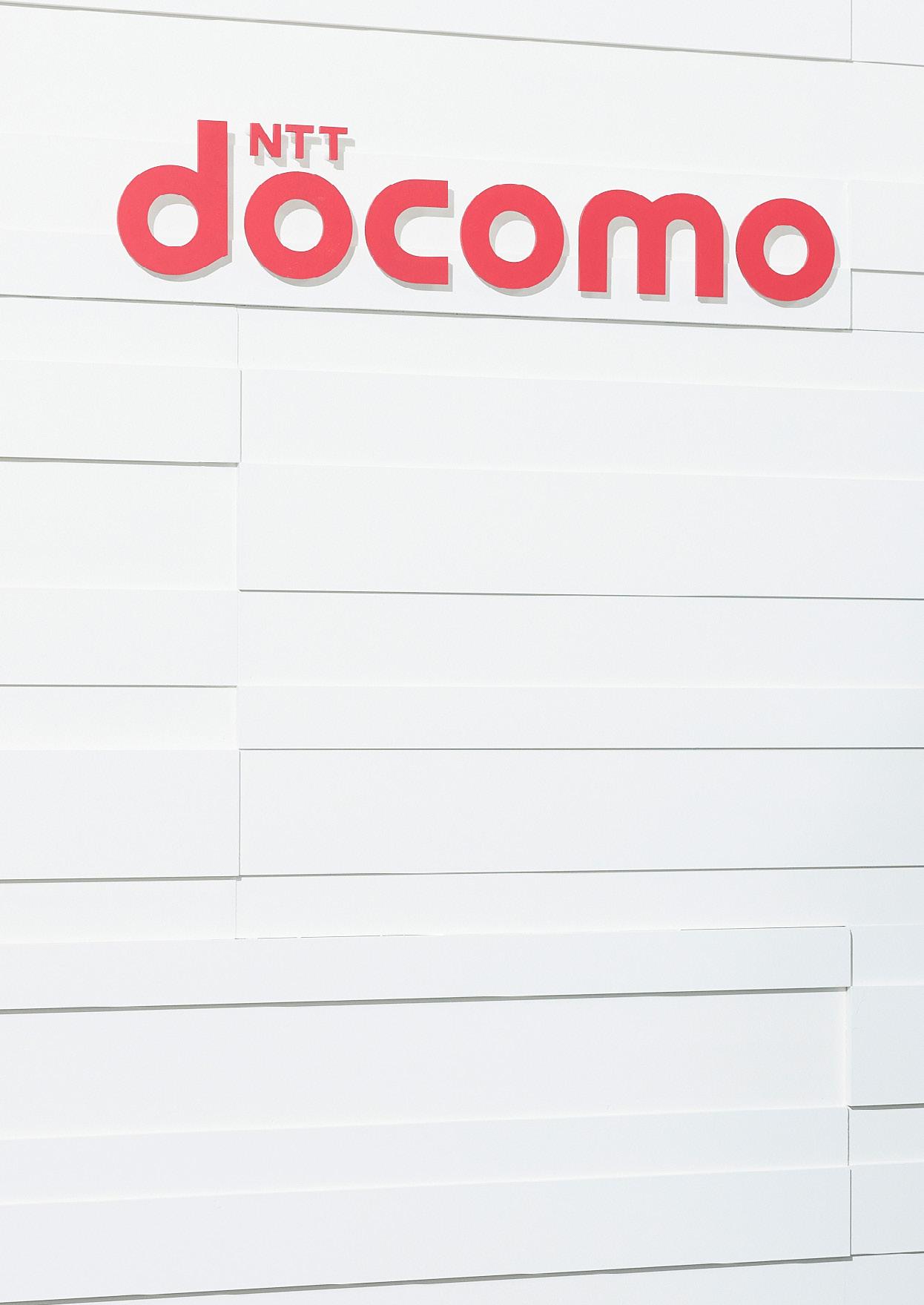


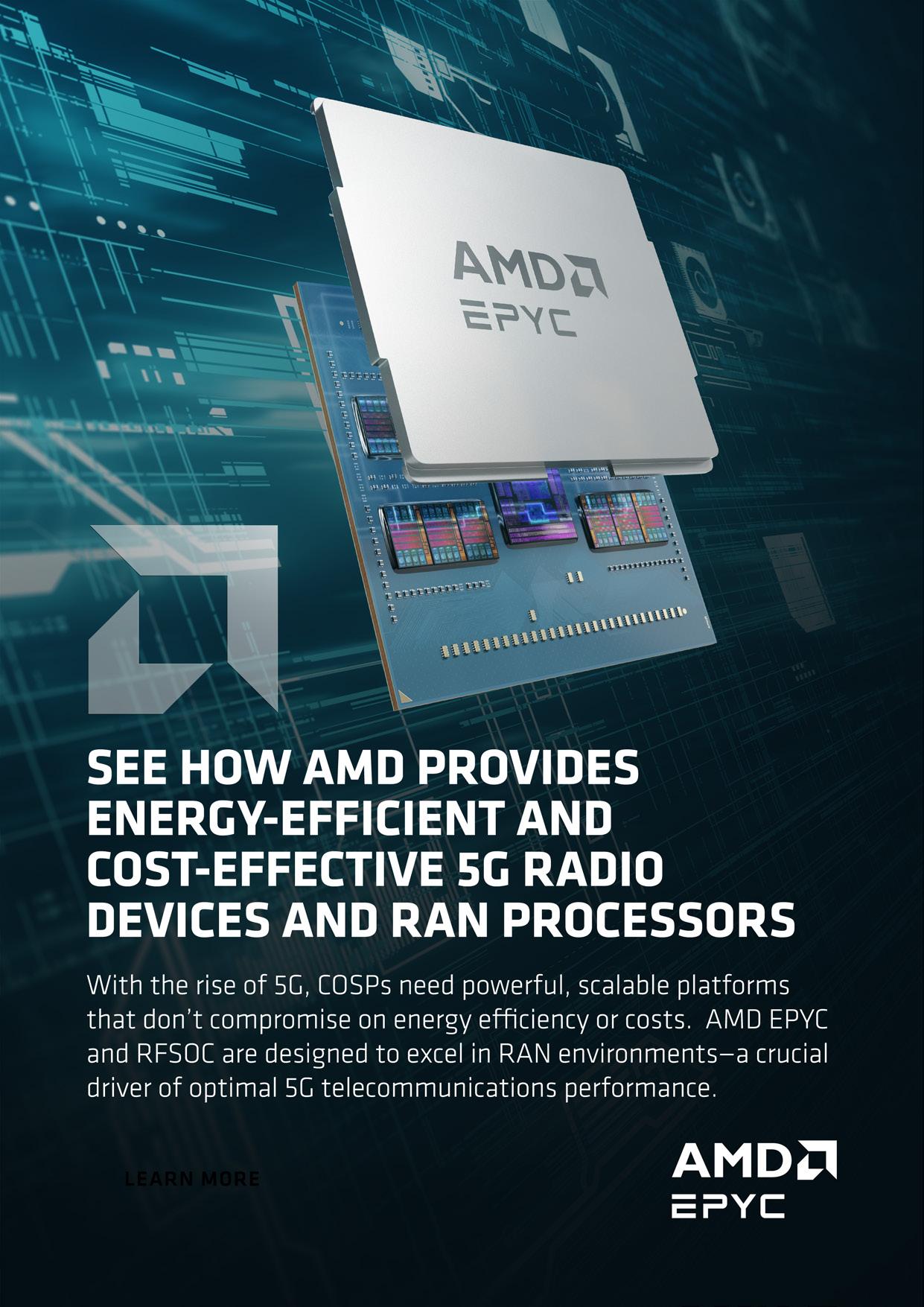
NTT DOCOMO: 2023 to be the defining year for Open RAN
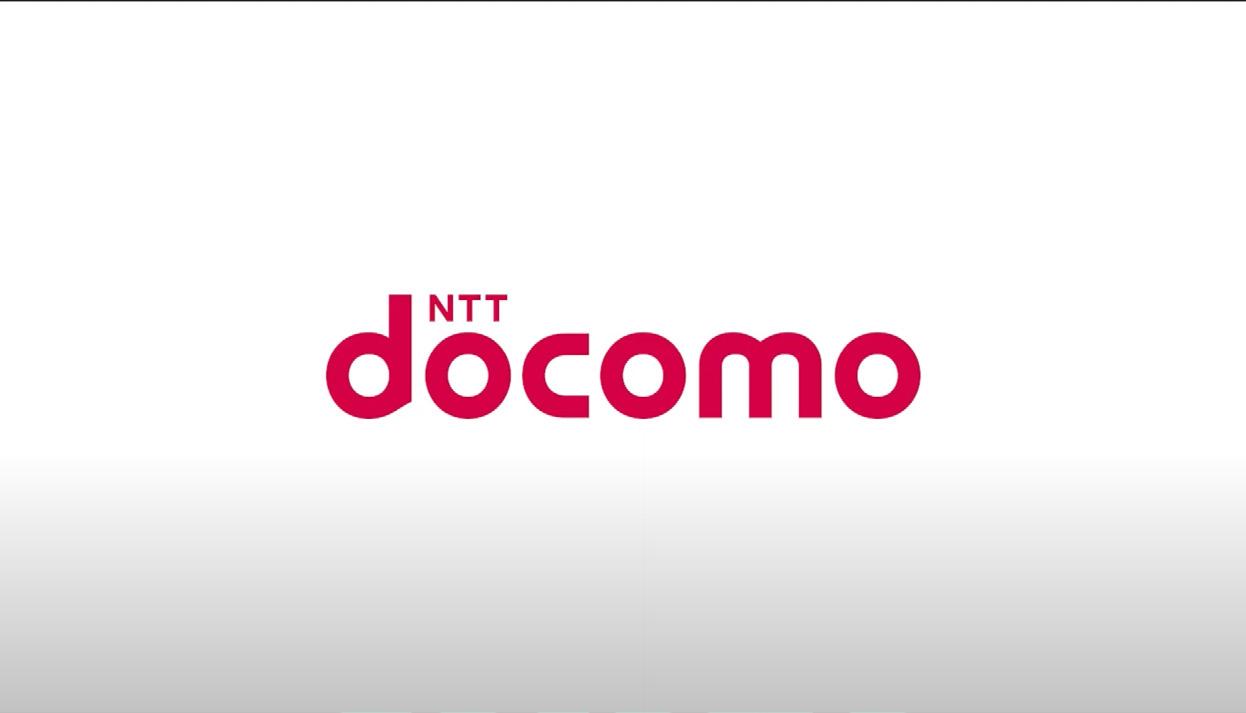

“In 2018, we established the 5G Open Partner Program, aiming to create new services and address social issues by collaborating with vertical players,” Abeta adds. “Currently, this program has attracted participation from 5,300 companies and organisations.”
The benefits of OREX
As Abeta describes, OREX provides an easier solution for Open RAN, allowing the benefits of vendor competition, mitigating supply chain risks and enabling the selection of equipment from around the world.

“Our solution is designed to simplify the process,” he states. “It is akin to a single vendor solution, offering a pre-integrated solution that simplifies integration, interoperability, and lifecycle management.”
In order to implement this solution, there are a number of challenges to overcome. Many operators have conducted trials of Open RAN. However, only a few operators have launched commercial Open RAN services.

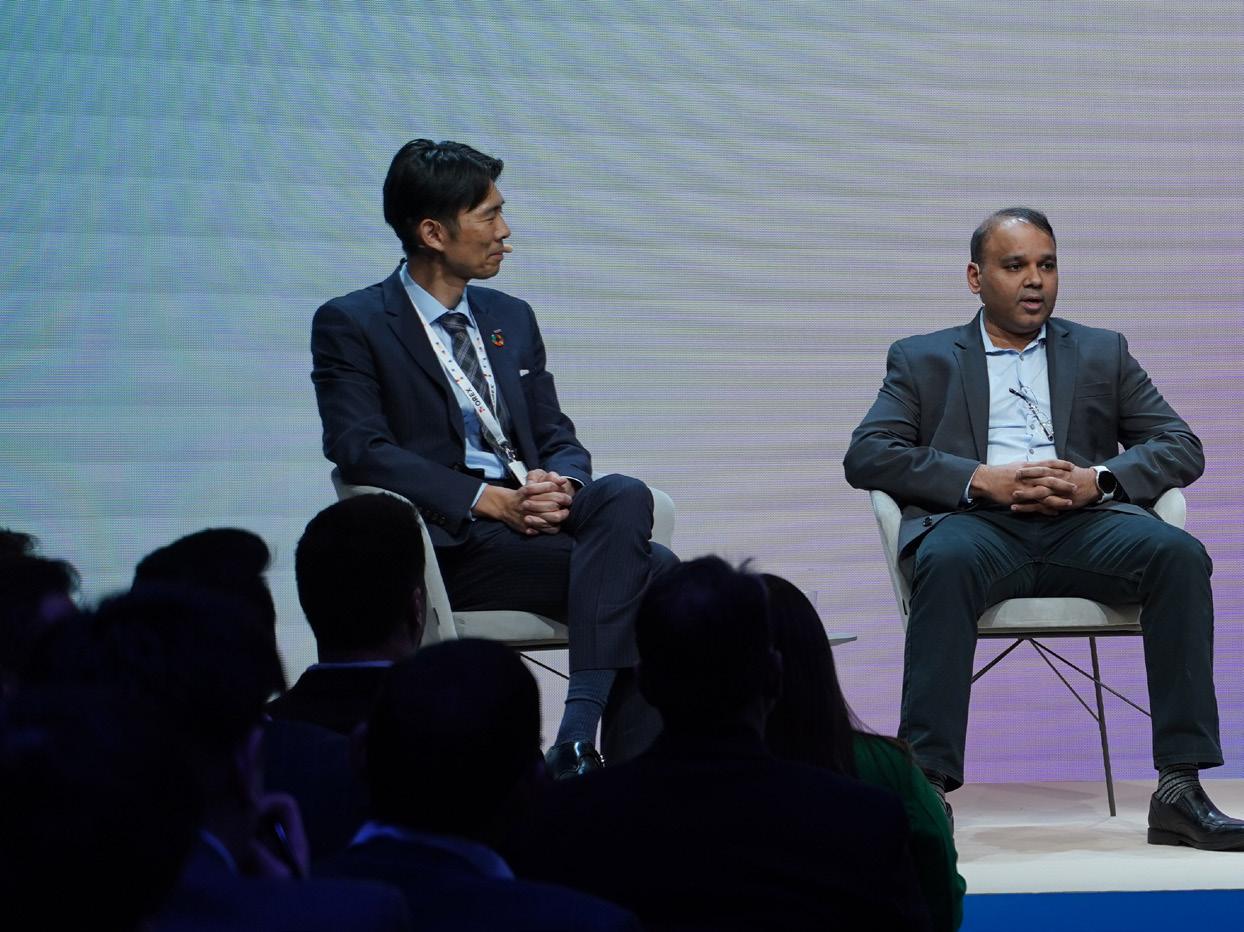
“How DOCOMO can help in introducing Open RAN to their commercial networks poses a high-level challenge,” explains Abeta. “We need to understand their current network and propose solutions for improving it, adding value to their network while reducing the total cost of ownership.”
Another challenge of 5G deployment is the variation in 5G frequencies and frequency bands across different countries. “Allocating wider bandwidth in each country becomes a complex task due to band allocation issues. Scaling the Remote Unit (RU) also presents a challenge.
“However,” Abeta asserts, “Thanks to the open interface, we can leverage solutions from any vendor. We are engaged in discussions with multiple RU vendors to address this situation and find suitable solutions.
“Another challenge is the coexistence with existing vendor networks. The current vendors are not fully supportive of interoperability with the OREX solution, which requires time and effort to overcome.”
Working with 13 global partners
As part of OREX, DOCOMO is collaborating with 13 global partners to make Open RAN a reality: AMD, DELL, Fujitsu, Hewlett Packard, Intel, Mavenir, NEC, NTT DATA, NVIDIA, Qualcomm, Red Hat, VMware and Windriver.
“Our focus is on developing vRAN technology,” Abeta explains. “While the ultimate goal is to support full combinations,
